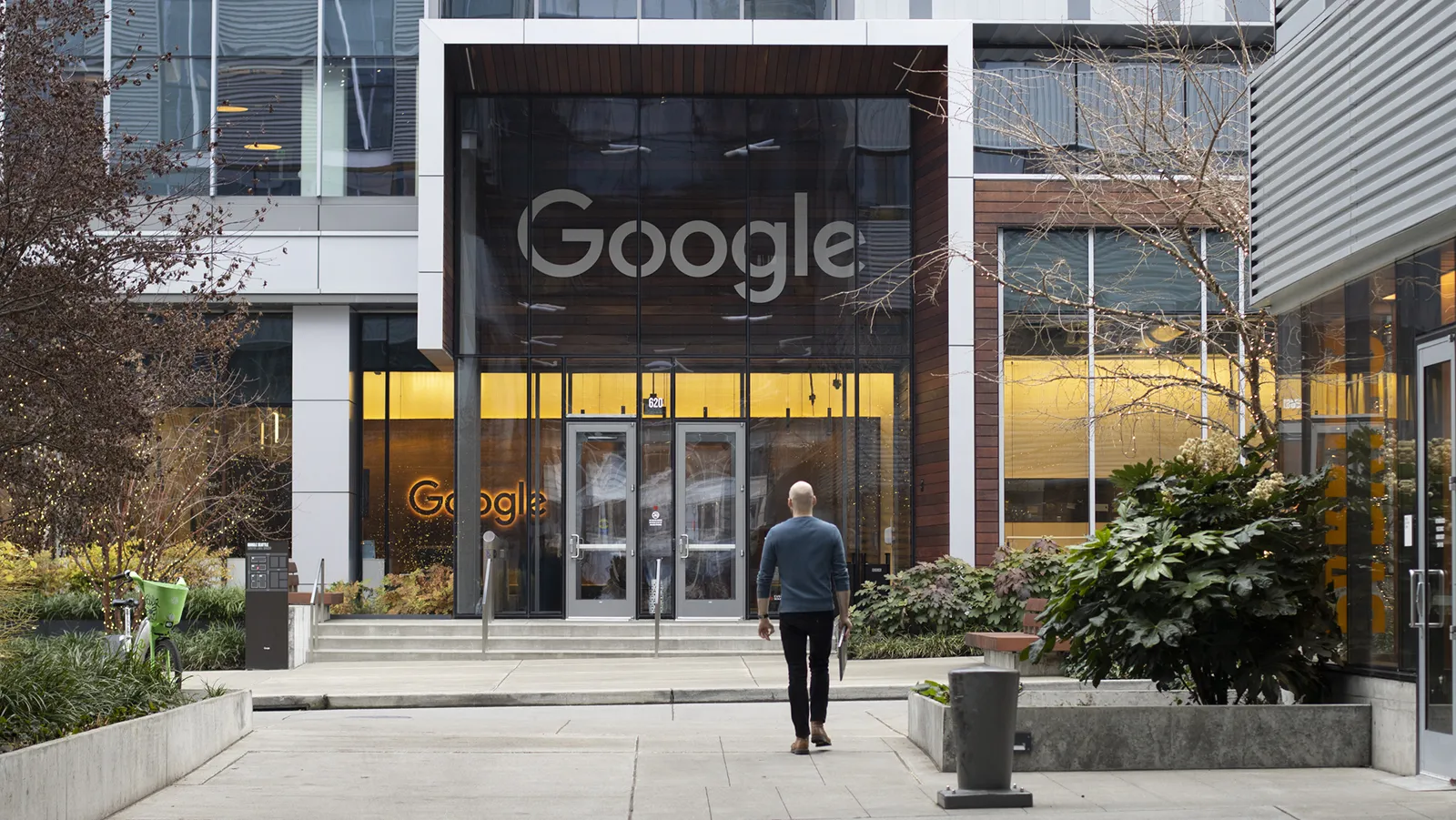DOJ v. Google Ad Tech – Alleging Anticompetitive Harm Where None is Found

Businesses rely on many digital tools and resources to increase their visibility, connect with consumers, and offer their products and services online. Among these, digital advertising technology (ad tech) stands out as a crucial component of the digital ecosystem. Advertisers use this software to buy, manage, and measure digital advertising, and it plays a pivotal role in connecting brands with consumers. The functioning of the ad tech market, with its many benefits, is at the heart of the case that the U.S. Department of Justice (DOJ) has brought against Google. The trial phase of this case is set to begin September 9, but the DOJ’s questionable arguments hold potentially critical errors.
Last year, the DOJ filed a suit against Google’s ad tech business for allegedly monopolizing multiple digital advertising technology products. The agency claims that Google is a monopolist through misconstrued market definitions, artificially increasing the company’s market share. However, when carefully reviewing the proposed relevant markets, it becomes clear that the DOJ may have a difficult time proving Google’s alleged monopoly, or that the company has engaged in anticompetitive behavior to obtain or maintain its market position.
Based on what it refers to as “open web display advertising,” the DOJ constructs three implausible market definitions: (i) publisher ad servers, (ii) ad exchanges, and (iii) advertiser ad networks. In doing so, the agency adopts a non-economic approach to market definition, ignoring the potential substitutability between different kinds of advertising. These defined markets fail to consider the underlying infrastructure of ad tech. The same advertising tools are used to display ads regardless of whether they appear on websites or mobile apps. Companies and advertisers often rely on multiple options to promote their products, including social media platforms, mobile applications, and video ads. The DOJ offers no substantial arguments to support its relevant market definitions (Complaint para. 284). By excluding alternative channels as reasonable substitutes and failing to account for the whole competitive landscape in online advertising, the DOJ’s market definitions paint an incomplete picture of the realities of the ad tech markets.
The DOJ further alleges that Google unlawfully constrains competition and prevents other companies from building scale by using its “ad tech stack” to self-preference, by “controlling the publisher ad server to give its ad exchange preferential access to publisher inventory” (complaint para. 270). However, the United States Supreme Court has long recognized that companies do not have a “duty to deal” with their competitors and are not forced to aid them. This legal precedent was even reaffirmed in Judge Mehta’s decision against Google in August. By seeking to force Google to deal with its competitors, the DOJ is interfering with the competitive marketplace, protecting competitors rather than competition. Furthermore, the DOJ would potentially risk consumers’ data privacy as that data would spread to services with differing degrees of data security.
The agency further alleges in its complaint that Google has engaged in several acquisitions to establish or maintain a monopoly in these markets. While arguing these acquisitions are part of Google’s “exclusionary” strategy to maintain its monopoly position, the DOJ fails to provide factual evidence as to why or how the specific acquisitions are anticompetitive. Additionally, this claim seems to ignore the various procompetitive benefits of Google’s established ad tech, helping small and medium businesses reach key target audiences and expand their presence faster and more reliably than its alternatives can.
As the trial begins and Judge Leonie Brinkema analyzes the arguments from both parties, it is paramount that the court carefully considers the market realities and the established requirements the DOJ must meet to prove Google’s alleged monopoly power, which it has thus far failed to do. This case appears to be another example of the government putting its thumb on the scale and “weaponizing” antitrust enforcement to focus more on protecting competitors from competition, rather than consumers from anticompetitive behavior. In answering whether Google has engaged in anticompetitive behavior, the court should fully consider the procompetitive benefits the company’s ad services bring to businesses and consumers. Cases like these risk undercutting innovation in the highly dynamic digital market, potentially creating worse results for consumers overall.








